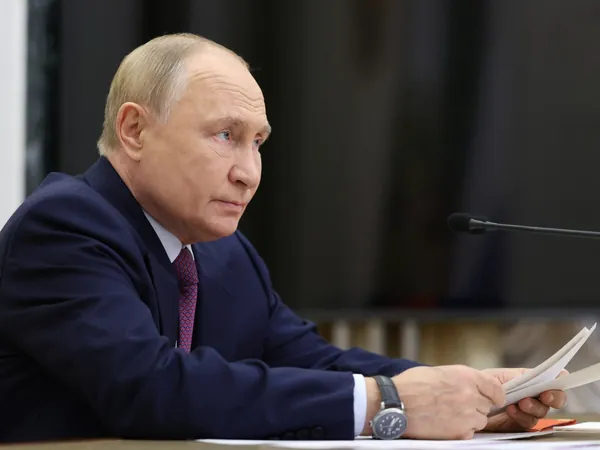
Putin’s Alarming Shift: Lowering the Nuclear Strike Bar Amid Ukraine Tensions – What You Need to Know
2024-09-26
What Did Putin Say?
During a televised session with Russia's Security Council, Putin elaborated on changes to Russia’s nuclear doctrine. He asserted that an attack presenting a 'critical threat' to Russia's sovereignty, even if launched by a non-nuclear power, could be classified as a “joint attack” if backed by a nuclear state. While Putin refrained from naming specific countries, the implication is clear: if Ukraine, with support from the U.S., U.K., or France, strikes Russian territory, Moscow would respond as if those nations were also direct aggressors. "We will consider such a possibility when we receive reliable information about a massive launch of air and space attack assets crossing our state border," he warned, outlining the range of military assets involved, from aircraft to hypersonic missiles.
A Drastic Change in Nuclear Policy
Experts believe this announcement signals a pivotal change in Russia’s nuclear stance. Previously, under the 2020 nuclear doctrine, the use of nuclear weapons was primarily viewed as a last resort, triggered only in the most severe circumstances, typically involving direct threats from nuclear states. The doctrine made it clear that conventional military responses would suffice under most attacks unless a nuclear state was involved. However, Putin's latest remarks suggest that Russia might aim nuclear capabilities at non-nuclear states like Ukraine if they receive support from nuclear-armed allies. This effectively broadens the range of potential nuclear targets and raises alarm over possible escalation.
The Implications of a Nuclear Threat
The potential consequences are grave and multifaceted. By classifying attacks from non-nuclear states, such as Ukraine, backed by nuclear powers as provocations worthy of nuclear response, Russia increases the risk profile for international military engagements. Strategic analysts warn that this could lead to a dangerous precedent where allies of Ukraine are drawn into the nuclear equation. In light of these developments, the reality of a nuclear confrontation becomes more pressing. However, experts maintain that the immediate risk of nuclear escalation remains low. The ambiguity surrounding when Russia will formally amend its doctrine continues to create uncertainty. Analysts believe Putin's rhetoric may be tactical, aimed at deterring Western nations from fully backing Ukraine with long-range missile capabilities.
Why Now?
Putin’s announcement follows recent incursions by Ukrainian forces into the Kursk region, leading to heightened military tensions. Ukrainian President Volodymyr Zelenskyy is currently negotiating with U.S. leaders, seeking approval for the deployment of long-range missiles against Russian targets. With the backdrop of heightened military activity and burgeoning international support for Ukraine, Putin appears to be leveraging a nuclear threat as a strategic tool to deter further military aid to Ukraine from Western allies. This delicate balance of power is further complicated by the fact that Russia's largest nuclear arsenal globally, with an estimated 6,000 warheads, includes warheads stationed in allied nations like Belarus.
Conclusion
As the war in Ukraine continues to evolve, leaders around the world must be vigilant in understanding the shifts in nuclear policy and military strategy coming from Moscow. The international community’s response in the coming weeks could have significant implications for not only regional peace but global security at large. The stakes are higher than ever, and as Putin's rhetoric intensifies, so must the dialogue about the safety and security of nuclear arsenals in the context of modern warfare. Will cooler heads prevail, or is the world headed for a perilous confrontation? Keep following the developments closely!

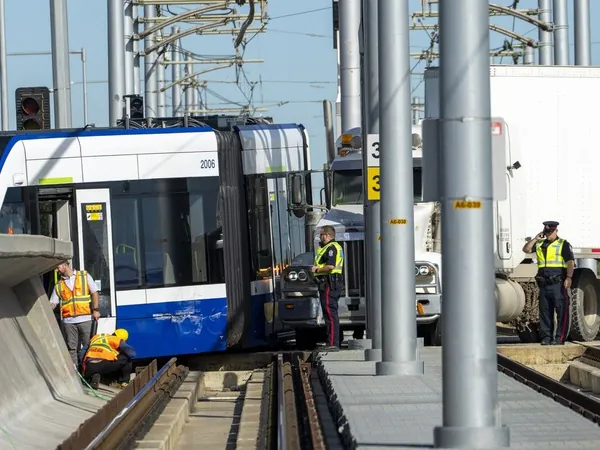

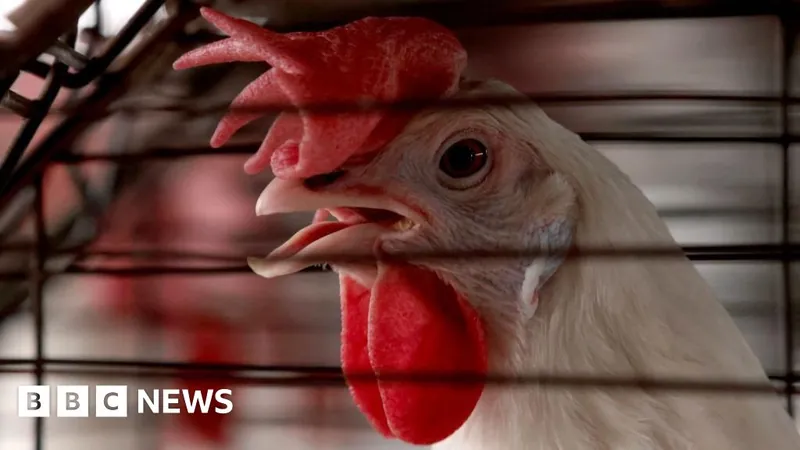

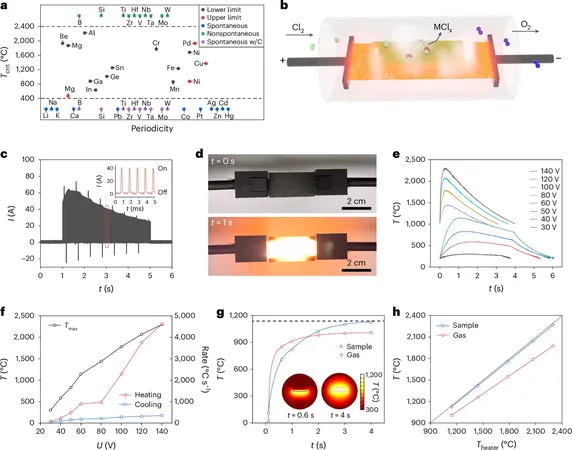


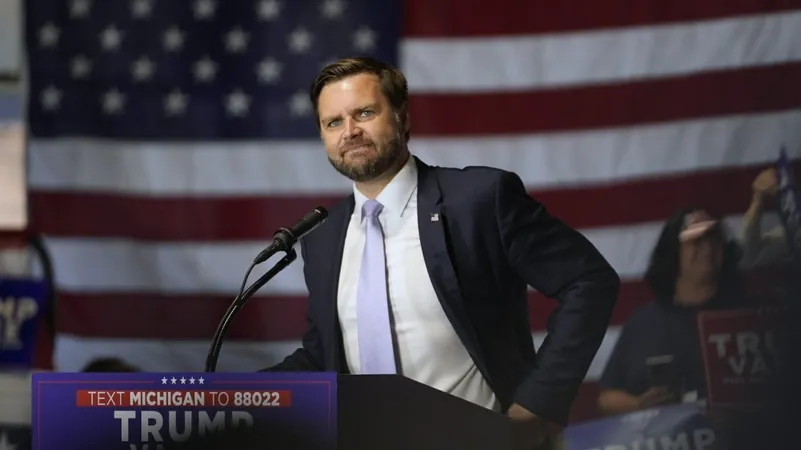
 Brasil (PT)
Brasil (PT)
 Canada (EN)
Canada (EN)
 Chile (ES)
Chile (ES)
 España (ES)
España (ES)
 France (FR)
France (FR)
 Hong Kong (EN)
Hong Kong (EN)
 Italia (IT)
Italia (IT)
 日本 (JA)
日本 (JA)
 Magyarország (HU)
Magyarország (HU)
 Norge (NO)
Norge (NO)
 Polska (PL)
Polska (PL)
 Schweiz (DE)
Schweiz (DE)
 Singapore (EN)
Singapore (EN)
 Sverige (SV)
Sverige (SV)
 Suomi (FI)
Suomi (FI)
 Türkiye (TR)
Türkiye (TR)